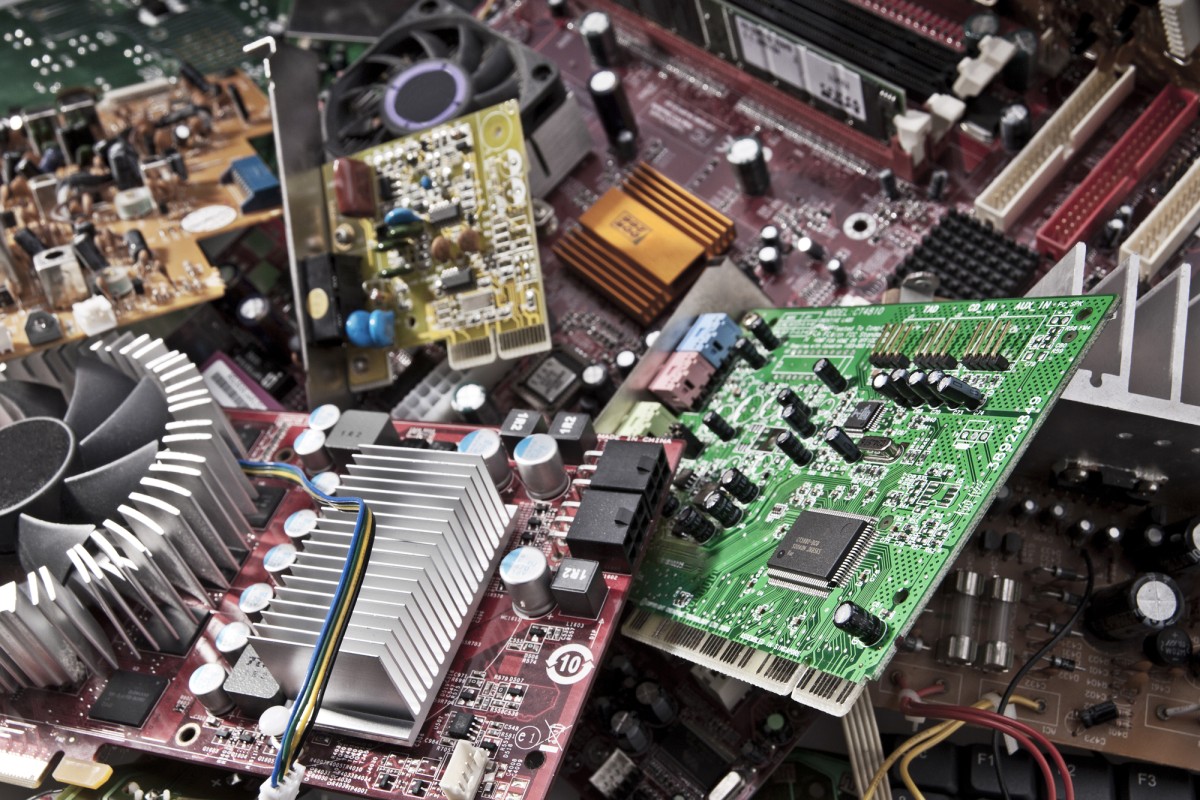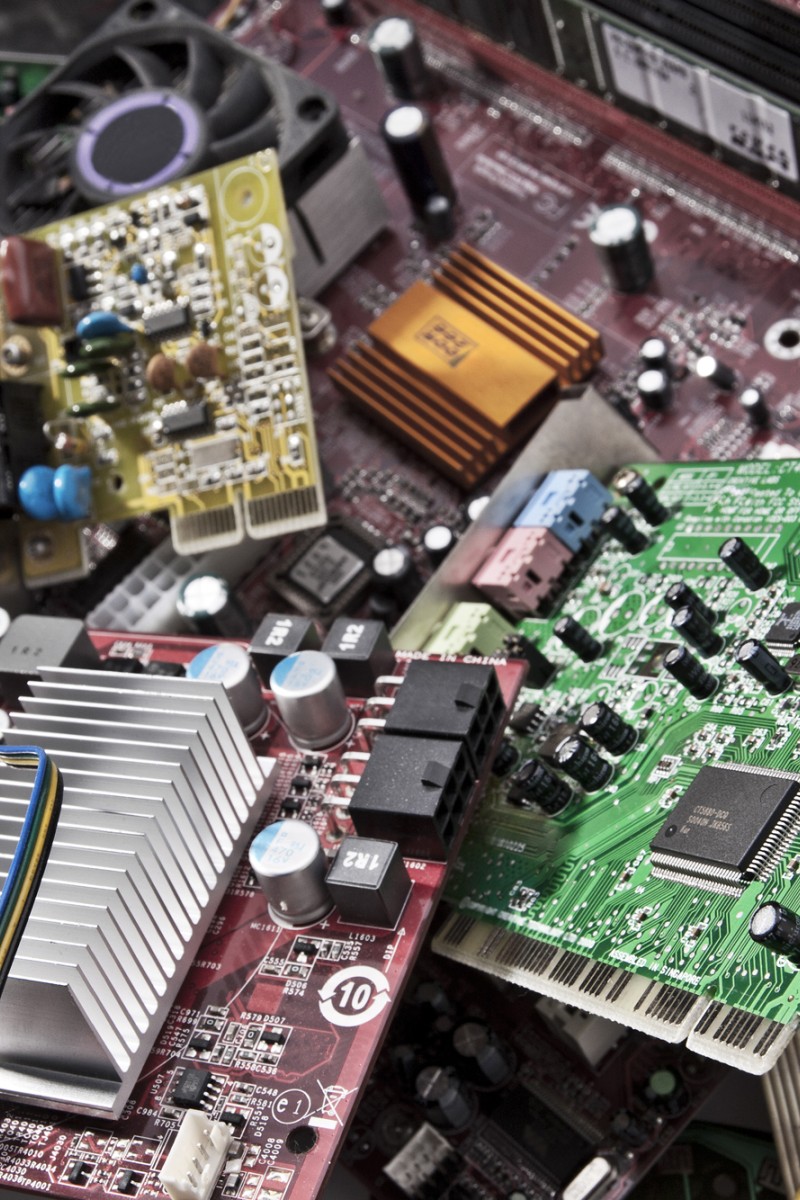
Electronics Recycling Predicament
While the digital age has brought many benefits, one of its major downsides is E-waste, which has become a major component of environmental pollution.
Every year, billions of electronic gadgets are made and thrown away. Many only have a lifespan of a year to 18 months.
These electronic devices are packed with chemicals which poison the environment like lead, arsenic and flame retardants.
Out of all these discarded electronics products, about 60 per cent end up in landfills. But, among those which reach the recycling plants, almost 30 per cent are beyond any hope of recycling.
The E-waste problem is so big that more than 20 million tonnes of electronics are wasted every year. (not sure what this means, "wasted" does it mean that out of the remaining salvageable waste?)
There aren't enough recyclers to handle all the E-waste.
Today, most laptops, mobiles and tablets favour a slim design. But this design makes it much harder for the recyclers to disassemble them. Also, they may offer even lower amounts of salvageable material.
Challenges Faced in Recycling
The most important factor in recycling E-waste is worker-safety. Some manufacturers work closely with recyclers to ensure their safety, but this is not always the case. Some models are more difficult to recycle than others, for example the Microsoft Surface and iPad, use a lot of adhesives to keep the batteries in place to fit their slim forms. All those adhesives have to be removed before the gadgets cab be recyced.
This problem gets even worse with batteries. Recycling batteries is a delicate task since there is a risk they might explode..
Other things which make recycling a challenge are the vast number of screws in devices. Some of the screws are non-standard, making them hard to remove with standard tools. Also, devices carry hazardous materials like mercury and large amounts of glass and plastics.
It all comes down to the final profit for the recyclers. If the recycling cost is more than they will get in raw materials, then those products will not be recycled and are thrown in to the landfills. Such factors influence the increase in E-waste which has become a major problem of our time.
The electronics products should be used for longer duration and should be made in such a way that they are easily recyclable.
